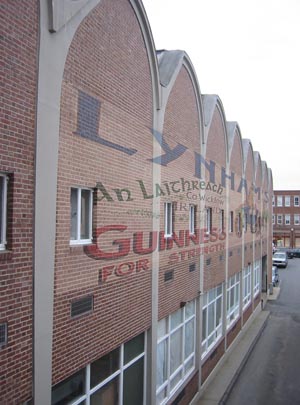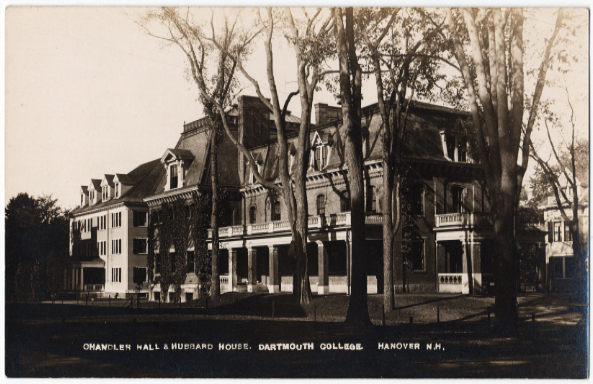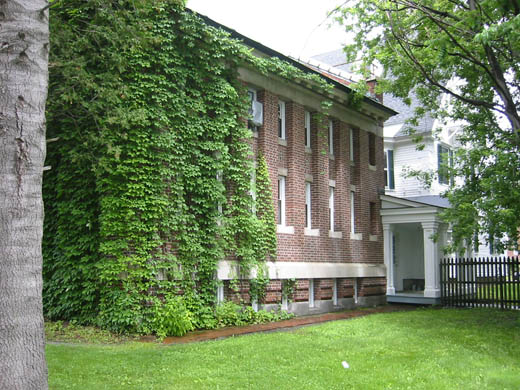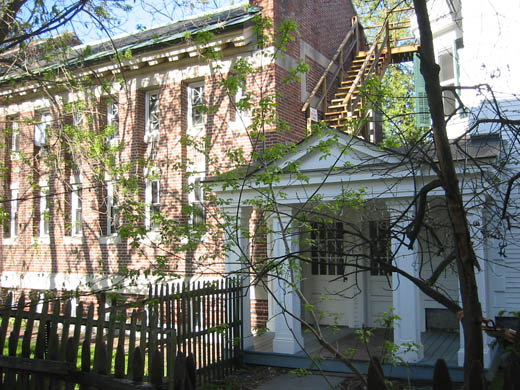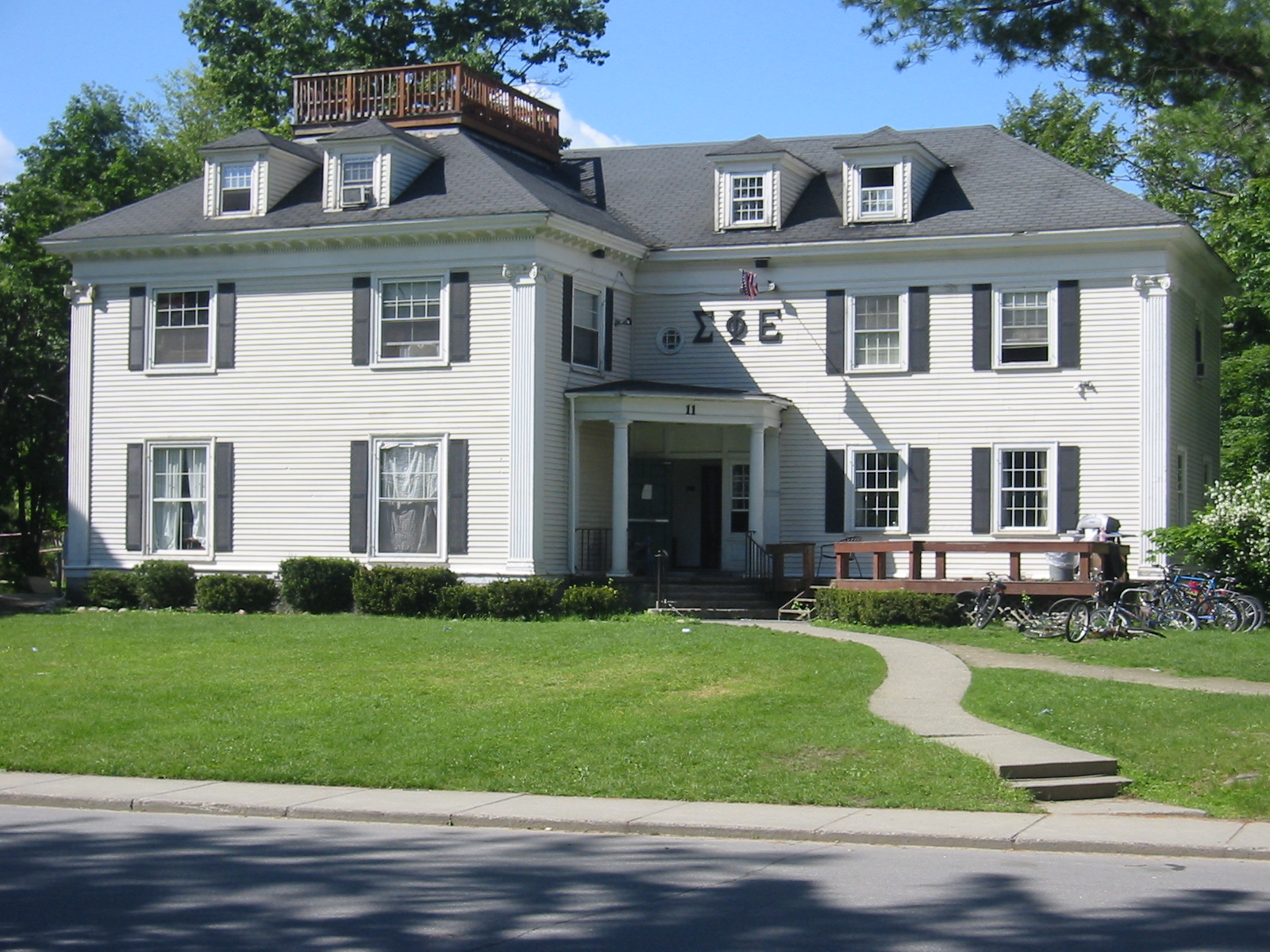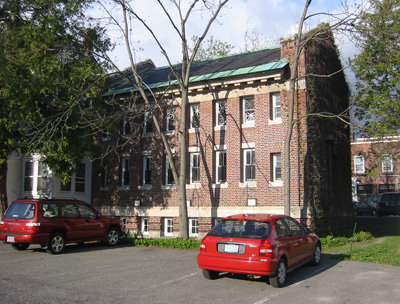President Kim has announced the establishment of the Dartmouth Center for Health Care Delivery Science (press release, The Dartmouth, Valley News).
Following the habit of the Dartmouth Institute for Health Policy & Clinical Practice or “T.D.I.,” the new institution is being called “T.D.C.,” for “The Dartmouth Center.”
T.D.I. already awards master’s degrees, and T.D.C. is planning to do so. Even if the former institution were not expected to be absorbed by the latter, one might predict that a name change will be in order soon.
The word “Center” suggests a policy office or programming fund. (Cf. the Georgetown University Law Center, which is a law school rather than a legal aid clinic.) Dartmouth’s existing centers — Hopkins, Collis, Rockefeller, Dickey, Leslie and Visual Arts do not award degrees. The foundations that do award degrees are titled “College” or “School.” Only the word “Institute” is used in more than one way, by the degree-granting Dartmouth Institute, as noted above, and by the Ethics Institute, which is grouped formally with the centers. The new foundation seems to refrain from calling itself an “Institute” because that name is already taken.
President Kim’s foundation could be a Tucker-caliber move, an early identification of a need for a novel form of graduate-level education. The new foundation will be prominent and could end up with a public character more like that of the Tuck School than of T.D.I. Therefore one might predict that the name eventually will be changed (a) to refer to the donor, who is anonymous at the moment; (b) to omit the word “Dartmouth” or move it to the end (“the ____ Center at Dartmouth College”); and (c) to reflect the institution’s ambitions and authority by becoming an actual “School,” or at least an “Institute.”
At the very least this new foundation will occasion a change in Dartmouth’s academic heraldry:

Detail from T.D.C. website.
The professional schools have been adopting coats of arms in parallel to that of Dartmouth over the past 60 years, most recently at Thayer School. Neither T.D.I. nor the Graduate Studies Program, which is not yet a school, has joined the pattern. But at least G.S.P. has its Lone Pine; T.D.I., with only a logotype, would seem to be the only degree-granting body left out of the group. The above grouping includes T.D.I. and the medical center because it is meant to identify the partners of T.D.C.
[It seems to appropriate to mention the example of the “Harvard Chief” and its role in unifying Harvard’s various frank and memorable coats of arms, such as those of the Schools of Engineering and Law.]
—–
[Update 06.09.2013: Broken link to Harvard Engineering arms replaced.]
